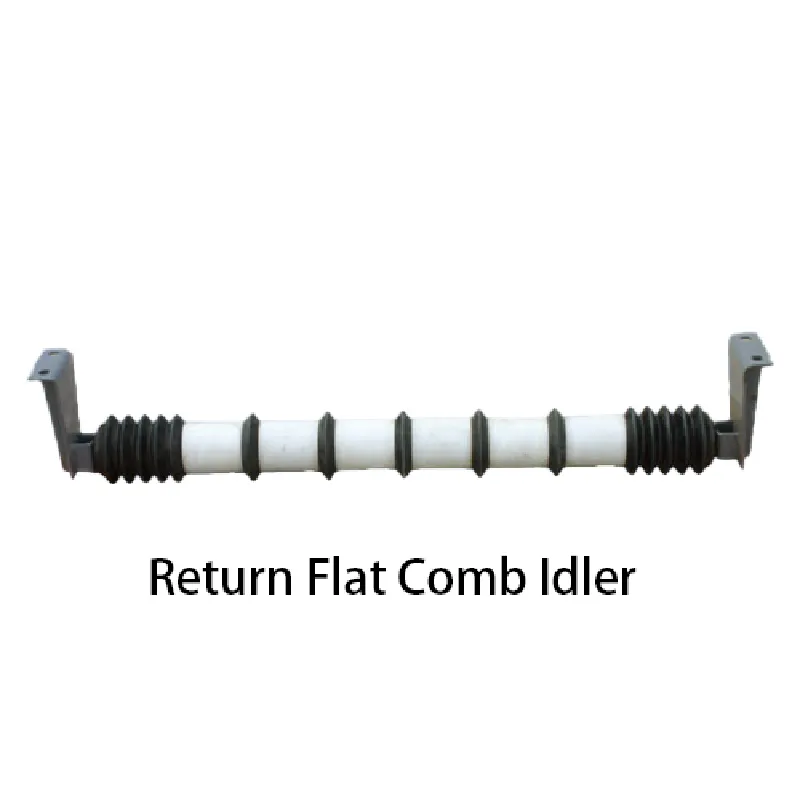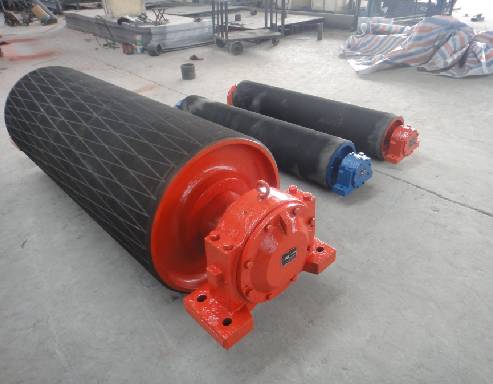 Afrikaans
Afrikaans  Albanian
Albanian  Amharic
Amharic  Arabic
Arabic  Armenian
Armenian  Azerbaijani
Azerbaijani  Basque
Basque  Belarusian
Belarusian  Bengali
Bengali  Bosnian
Bosnian  Bulgarian
Bulgarian  Catalan
Catalan  Cebuano
Cebuano  Corsican
Corsican  Croatian
Croatian  Czech
Czech  Danish
Danish  Dutch
Dutch  English
English  Esperanto
Esperanto  Estonian
Estonian  Finnish
Finnish  French
French  Frisian
Frisian  Galician
Galician  Georgian
Georgian  German
German  Greek
Greek  Gujarati
Gujarati  Haitian Creole
Haitian Creole  hausa
hausa  hawaiian
hawaiian  Hebrew
Hebrew  Hindi
Hindi  Miao
Miao  Hungarian
Hungarian  Icelandic
Icelandic  igbo
igbo  Indonesian
Indonesian  irish
irish  Italian
Italian  Japanese
Japanese  Javanese
Javanese  Kannada
Kannada  kazakh
kazakh  Khmer
Khmer  Rwandese
Rwandese  Korean
Korean  Kurdish
Kurdish  Kyrgyz
Kyrgyz  Lao
Lao  Latin
Latin  Latvian
Latvian  Lithuanian
Lithuanian  Luxembourgish
Luxembourgish  Macedonian
Macedonian  Malgashi
Malgashi  Malay
Malay  Malayalam
Malayalam  Maltese
Maltese  Maori
Maori  Marathi
Marathi  Mongolian
Mongolian  Myanmar
Myanmar  Nepali
Nepali  Norwegian
Norwegian  Norwegian
Norwegian  Occitan
Occitan  Pashto
Pashto  Persian
Persian  Polish
Polish  Portuguese
Portuguese  Punjabi
Punjabi  Romanian
Romanian  Russian
Russian  Samoan
Samoan  Scottish Gaelic
Scottish Gaelic  Serbian
Serbian  Sesotho
Sesotho  Shona
Shona  Sindhi
Sindhi  Sinhala
Sinhala  Slovak
Slovak  Slovenian
Slovenian  Somali
Somali  Spanish
Spanish  Sundanese
Sundanese  Swahili
Swahili  Swedish
Swedish  Tagalog
Tagalog  Tajik
Tajik  Tamil
Tamil  Tatar
Tatar  Telugu
Telugu  Thai
Thai  Turkish
Turkish  Turkmen
Turkmen  Ukrainian
Ukrainian  Urdu
Urdu  Uighur
Uighur  Uzbek
Uzbek  Vietnamese
Vietnamese  Welsh
Welsh  Bantu
Bantu  Yiddish
Yiddish  Yoruba
Yoruba  Zulu
Zulu Mar . 06, 2025 12:23
Back to list
non drive pulley
Non-drive pulleys, although often overshadowed by their more frequently discussed counterparts—the drive pulleys—play an indispensable role in numerous industrial applications. Their unique function of redirecting force without actively transmitting power underscores their importance.
Given their critical yet understated role, understanding the nuances of non-drive pulley maintenance is essential for operational success. Routine inspections should be scheduled to check for signs of wear, alignment issues, and lubrication needs. Employing predictive maintenance strategies, such as condition monitoring tools, enables facilities to anticipate issues before they manifest into more severe problems. Moreover, the increasing trend toward smart technology in industrial operations has not bypassed the humble pulley. Integration with IoT (Internet of Things) sensors allows real-time monitoring of pulley conditions. This advancement provides data-driven insights, facilitating proactive maintenance decisions that optimize equipment performance and minimize disruptions. It’s important to note that the expertise required to manage and optimize these components extends across both mechanical engineering and operational management fields. Cooperation between these disciplines ensures that non-drive pulleys are not only appropriately selected and installed but are continuously monitored and maintained for peak performance. Such a holistic approach ultimately drives down costs and enhances system reliability. The value of non-drive pulleys extends far beyond their apparent simplicity, providing critical support in systems where efficiency and reliability are paramount. Industry professionals must maintain an informed approach, staying abreast of advancements in materials and technology to fully leverage the advantages they offer. Their silent service within the operational systems underscores a fundamental truth often, the unseen components hold the wheels of industry in motion.


Given their critical yet understated role, understanding the nuances of non-drive pulley maintenance is essential for operational success. Routine inspections should be scheduled to check for signs of wear, alignment issues, and lubrication needs. Employing predictive maintenance strategies, such as condition monitoring tools, enables facilities to anticipate issues before they manifest into more severe problems. Moreover, the increasing trend toward smart technology in industrial operations has not bypassed the humble pulley. Integration with IoT (Internet of Things) sensors allows real-time monitoring of pulley conditions. This advancement provides data-driven insights, facilitating proactive maintenance decisions that optimize equipment performance and minimize disruptions. It’s important to note that the expertise required to manage and optimize these components extends across both mechanical engineering and operational management fields. Cooperation between these disciplines ensures that non-drive pulleys are not only appropriately selected and installed but are continuously monitored and maintained for peak performance. Such a holistic approach ultimately drives down costs and enhances system reliability. The value of non-drive pulleys extends far beyond their apparent simplicity, providing critical support in systems where efficiency and reliability are paramount. Industry professionals must maintain an informed approach, staying abreast of advancements in materials and technology to fully leverage the advantages they offer. Their silent service within the operational systems underscores a fundamental truth often, the unseen components hold the wheels of industry in motion.
Next:
Latest news
-
Revolutionizing Conveyor Reliability with Advanced Rubber Lagging PulleysNewsJul.22,2025
-
Powering Precision and Durability with Expert Manufacturers of Conveyor ComponentsNewsJul.22,2025
-
Optimizing Conveyor Systems with Advanced Conveyor AccessoriesNewsJul.22,2025
-
Maximize Conveyor Efficiency with Quality Conveyor Idler PulleysNewsJul.22,2025
-
Future-Proof Your Conveyor System with High-Performance Polyurethane RollerNewsJul.22,2025
-
Driving Efficiency Forward with Quality Idlers and RollersNewsJul.22,2025
OUR PRODUCTS





























